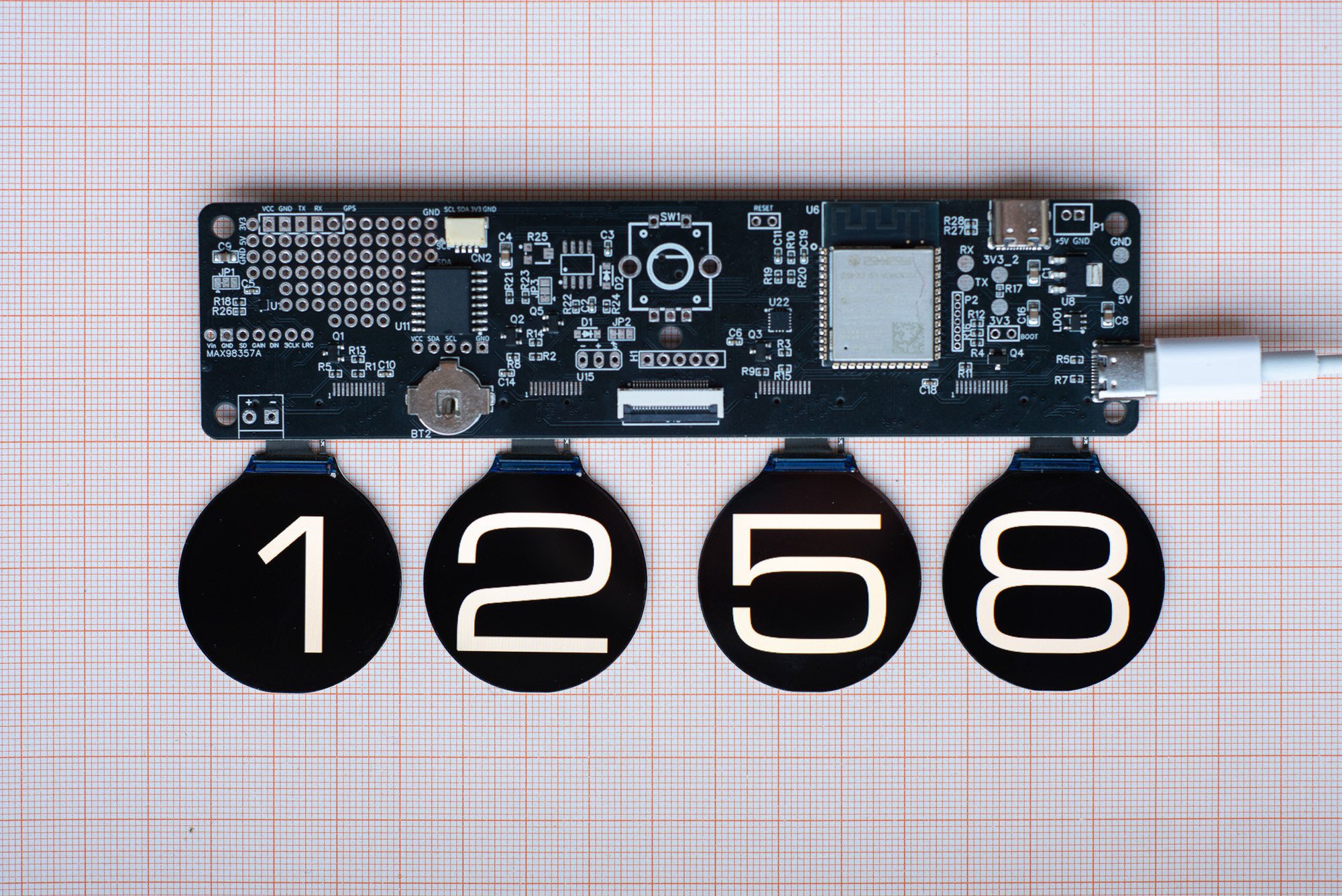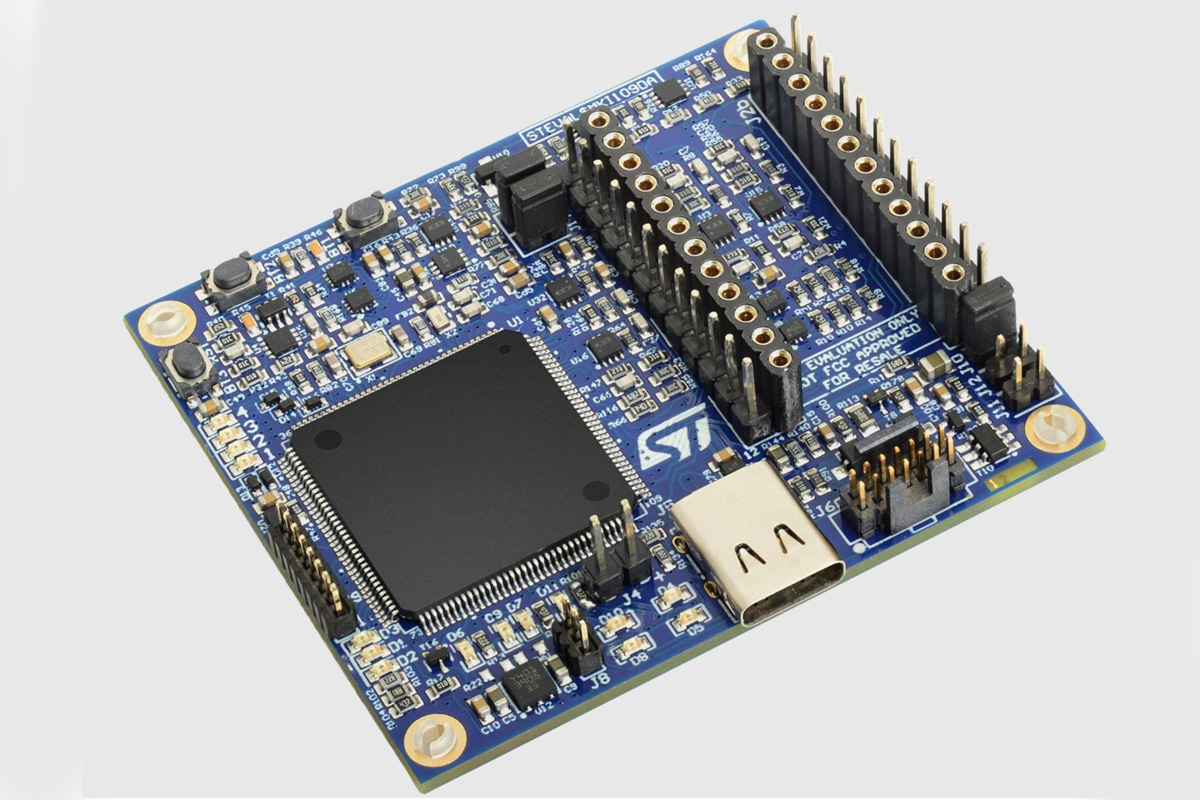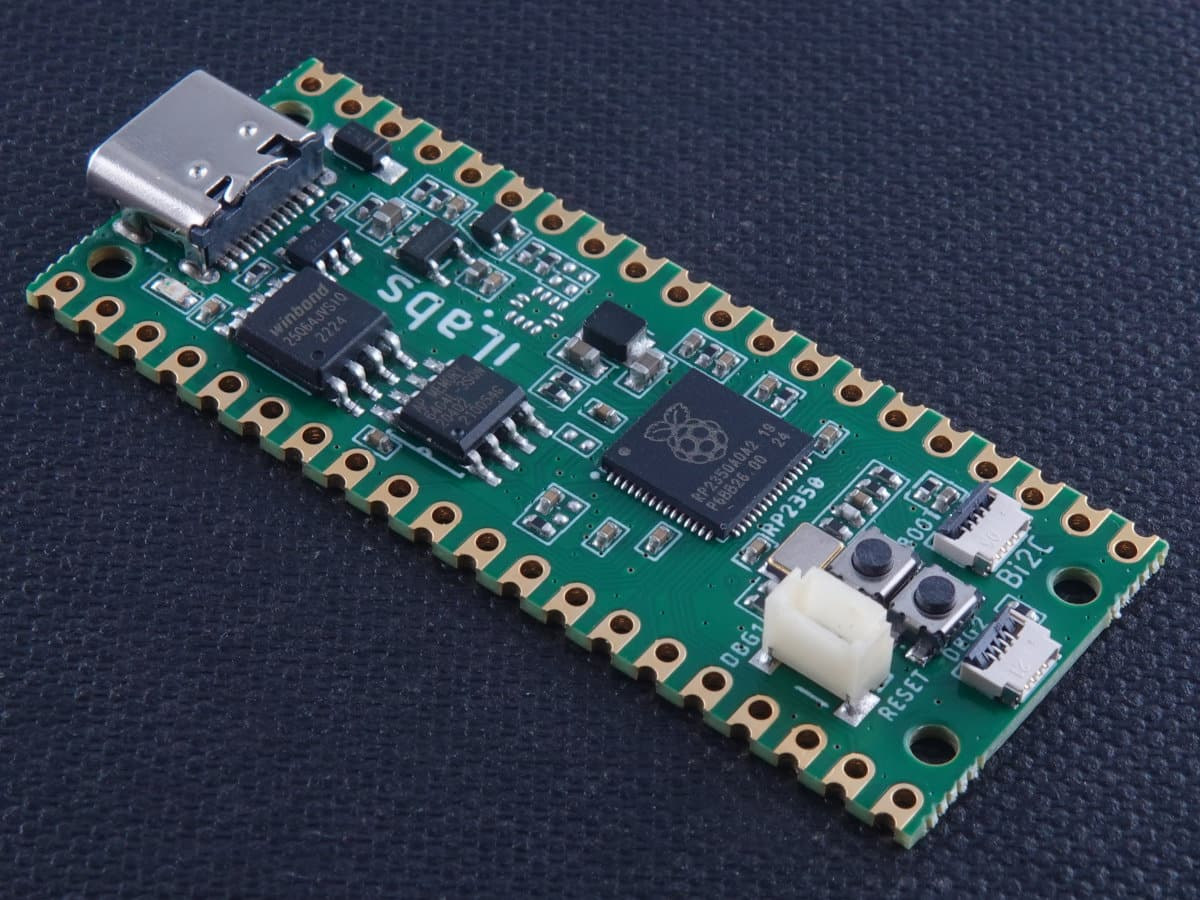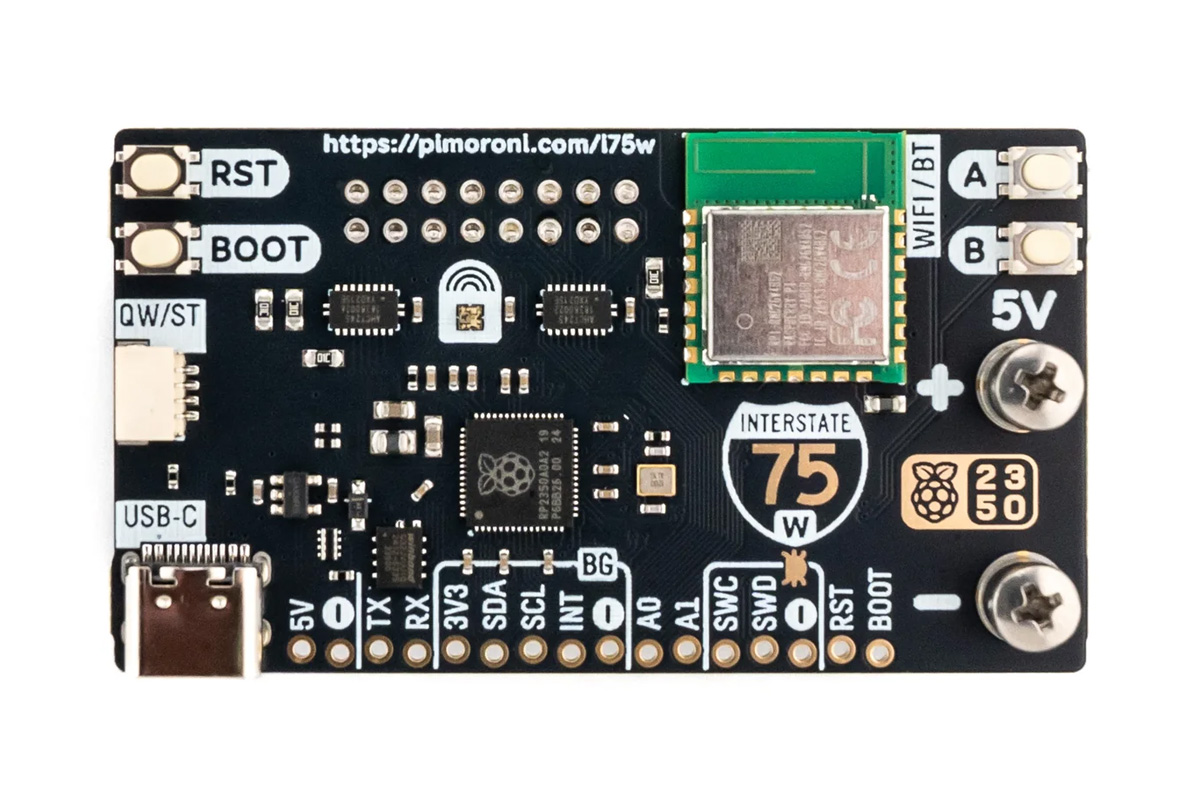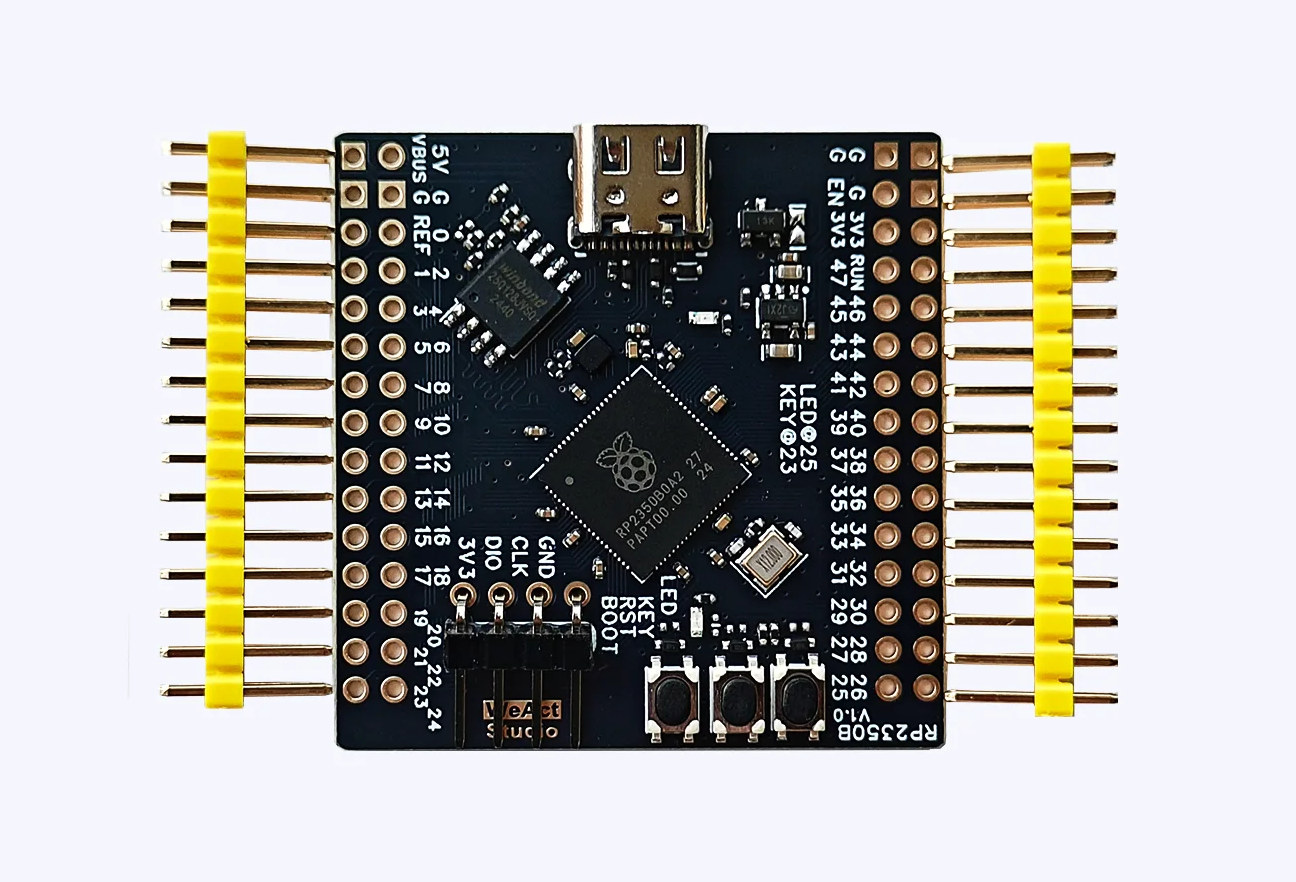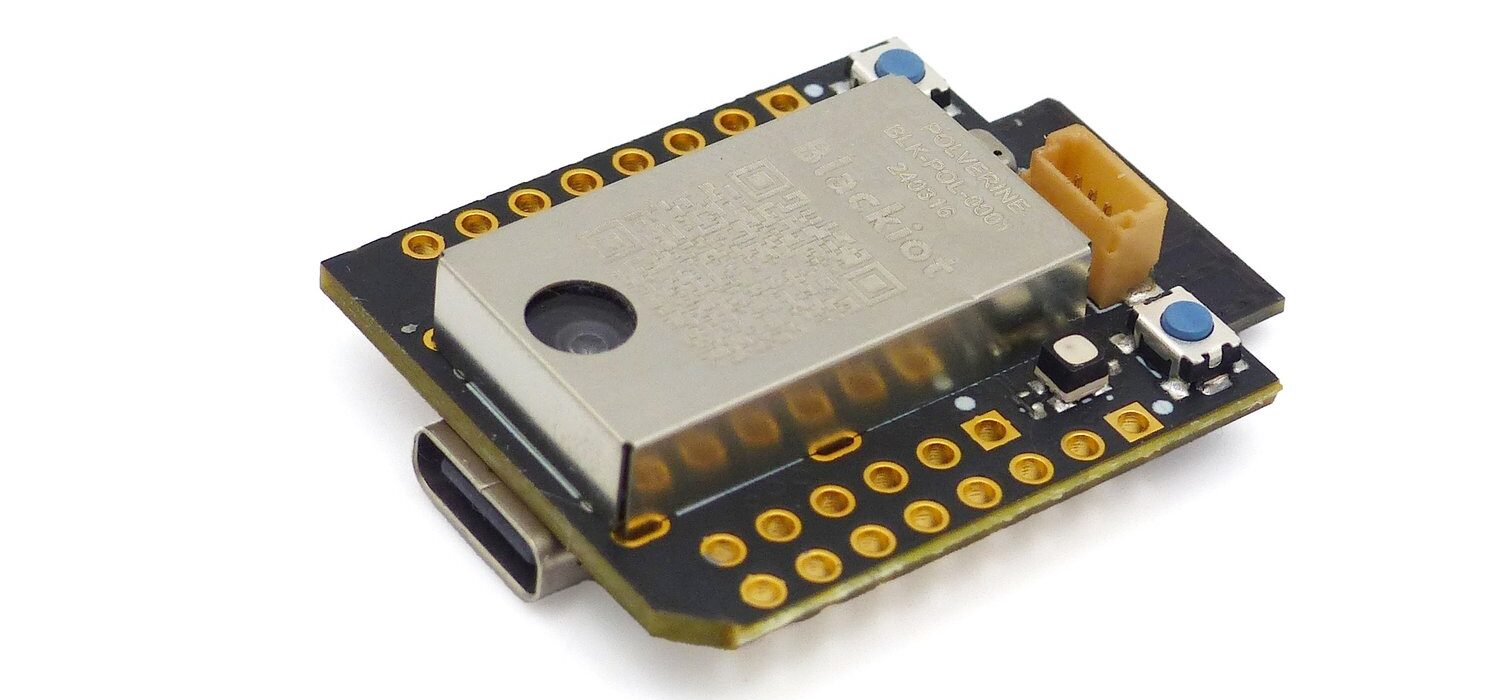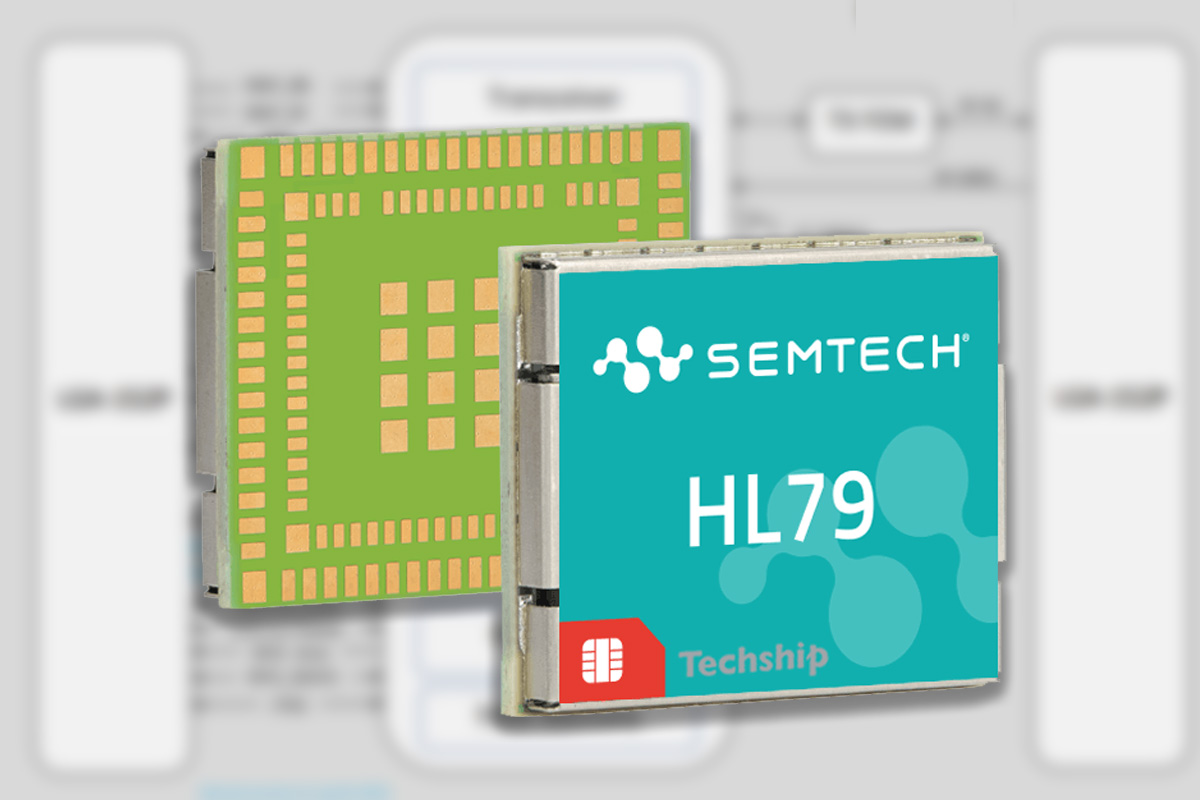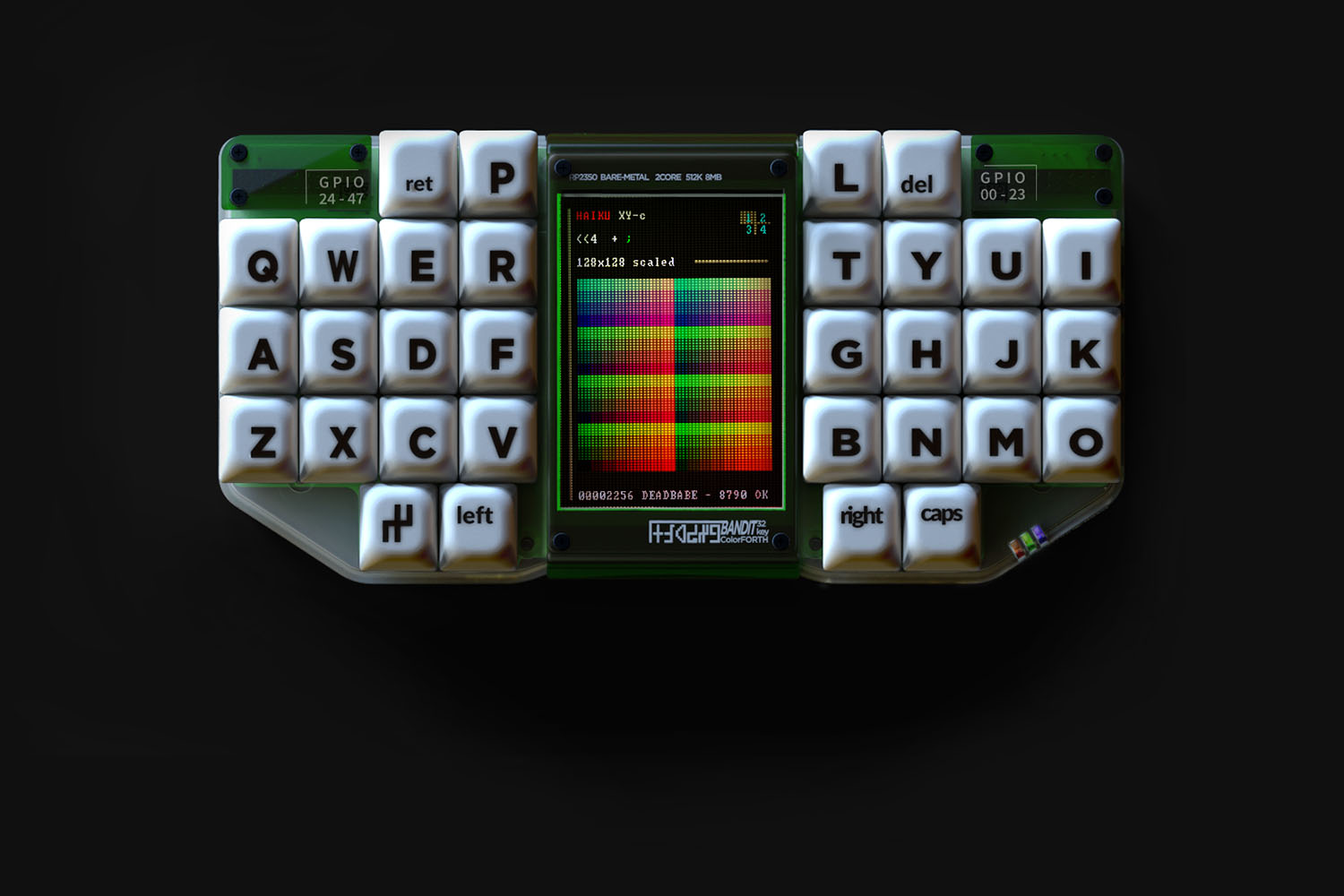The QuadClock PCB is an ESP32-S3-powered multi-display clock controller designed to serve as a foundation for creating a four-TFT-display clock. It supports up to four 1.69-inch rectangular TFT displays (240×280) or four 1.28” round displays (240×240). It manages essential functions such as driving the displays and maintaining precise time, allowing you to focus on crafting a unique enclosure or integrating additional features. It is open-source and is powered by the ESP32-WROOM-1 module with up to 16MB flash and 2MB PSRAM. It supports independent brightness control for each mounted display via four MOSFETs and includes an onboard real-time clock with a backup battery for accurate timekeeping. The QuadClock PCB is designed for enthusiasts and makers interested in creating multi-display clock projects. It can also be used for stock tickers, weather displays, and smart home dashboards. We previously covered the 2×2 Quad Display board with either Raspberry Pi Pico W or ESP32-S3-WROOM-1 […]
STMicro’s STEVAL-MKI109D evaluation board supports all ST MEMS sensors with a DIL24 socket
STMicroelectronics has introduced the STEVAL-MKI109D a MEMS sensor evaluation board, designed to test and optimize STMicro’s MEMS sensors for various applications, including industrial automation, smart agriculture, and consumer electronics. Built around the STM32H563ZI Arm Cortex-M33 MCU this development board features I²C, I3C, and SPI interfaces, along with a TDM interface for high-speed sensor data communication. The board is also compatible with STMicro MEMS DIL24 adapter boards, which makes it easy for engineers to test different sensors. Additionally, it has software-adjustable power circuitry (0–3.6V), and onboard power monitoring for accurate analysis of sensor performance. STEVAL-MKI109D specifications Main MCU – STMicro STM32H563ZI Arm Cortex-M33 MCU with DSP and FPU Storage – MicroSD card slot Sensors – Supports all STMicro MEMS DIL24 compatible adapter boards Interfaces – I²C, I3C, SPI, TDM USB – USB Type-C connector for power and programming Misc Onboard J6 connector for STM32 programming and debugging Onboard J9 connector for […]
CPico RP2350 is another Raspberry Pi Pico 2 alternative with USB-C, 8MB flash, 2MB PSRAM, BConnect I2C & debug ports
iLabs CPico RP2350 is a Raspberry Pi Pico 2 alternative with the same form factor, still based on the Raspberry Pi RP2350 microcontroller but equipped with a USB-C port, 8MB flash, 2MB PSRAM, a Reset button, and Bconnect I2C and debug ports. Apart from that, the CPico RP2350 retains the other features of the Raspberry Pi Pico 2 including the two 20-pin PGIO headers, and BOOT button. It joins other Raspberry Pi Pico 2 alternatives like the Waveshare RP2350-Plus adding battery support. CPico RP2350 specifications: SoC – Raspberry Pi RP2350 CPU Dual-core Arm Cortex-M33 @ 150 MHz with Arm Trustzone, Secure boot Dual-core RISC-V Hazard3 @ 150 MHz Up two cores can be used at any given time Memory – 520 KB on-chip SRAM Security 8KB of anti-fuse OTP for key storage Secure boot (Arm only) SHA-256 acceleration Hardware TRNG Fast glitch detectors Package – QFN-60 Memory – 2 MP […]
Pimoroni Interstate 75 W (RP2350) board is designed for HUB75 LED matrix panels
Pimoroni Interstate 75 W (RP2350) is an all-in-one RGB LED matrix driver board designed for HUB75 LED matrix panels commonly used in video walls, advertising displays, and creative signage. Built around a Raspberry Pi RP2350 chip this board also uses the Raspberry Pi’s CYW43439 module for Wi-Fi and Bluetooth and features user buttons, an RGB LED, and a Qw/ST connector for integration with Qwiic/STEMMA QT breakouts. The kit is compatible with various LED matrix sizes (32×32, 64×64, etc.) and comes in a starter kit with panels, cables, and magnetic feet for quick setup. All these features make this kit useful for applications including real-time data like bus times, air quality, or sensor outputs, dynamic signage, scrolling text, and more. Pimoroni Interstate 75 W (RP2350) specifications: SoC – Raspberry Pi RP2350A CPU Dual-core Arm Cortex-M33 @ 150 MHz with Arm Trust zone, Secure boot OR Dual-core RISC-V Hazard3 @ 150 MHz Up […]
Tiny WeAct RP2350B Core Board exposes all 48 I/Os from the Raspberry Pi RP2350B microcontroller
WeAct RP2350B Core Board is a small (41.4×41.1mm) USB-C board exposing all 48 I/Os from the Raspberry Pi RP2350B Cortex-M33/RISC-V microcontroller through two 30-pin headers. It offers an alternative to the smaller Solder Party’s RP2350 Stamp XL (44.5 x 25.4 mm) with through and castellated holes and no USB-C port that’s better suited for soldering on a baseboard and to Olimex PICO2-XL and PICO2-XXL open-source hardware boards (50 x 28 mm). WeAct RP2350B Core Board specifications: Microcontroller – Raspberry Pi RP2350B MCU CPU – Dual-core Arm Cortex-M33 processor @ 150MHz Memory – 520KB internal RAM 8KB OTP Storage Package – QFN-80; 10×10 mm Storage 16MB QSPI flash Footprint for a second QSPI FLASH/PSRAM on the bottom side I/Os – All 48x GPIOs broken out via 2x 30-pin headers 2x UART, 2x SPI, 2x I2C 24x PWM 8x ADC 12x PIO state machines HSTX peripheral 5V, 3.3V, VREF, and GND Debugging […]
Polverine – A compact, mikroBUS-compatible environmental sensing platform with PM 2.5 and gas sensors (Crowdfunding)
Polverine is a mikroBUS-compatible environmental sensing platform featuring a BMV080 PM2.5 sensor and a BME690 gas sensor, plus an Espressif ESP32-S3-MINI-1 module to add Wi-Fi 4 and Bluetooth 5 connectivity. The onboard BMV080 sensor is described as the “world’s smallest PM2.5 sensor” at 4.2 x 3.5 x 3mm. The PM2.5 particulate matter sensor is complemented by the BME690 which measures temperature, humidity, and pressure, and detects volatile organic compounds (VOCs) for complete environmental monitoring. The board offers sufficient processing power for quick data handling, with wireless connectivity for easy integration into IoT systems and smart devices. Projected applications for the sensor platform include indoor air quality monitoring, smart homes, HVAC systems, industrial monitoring (gas leak and pollution monitoring), wearables for personal air quality tracking, and anomaly detection in emergency scenarios. We have seen other ESP32-based environmental sensor platforms such as the Sensy32 board, MoreSense MS-06, and AirGradient One, but the […]
Altair ALT1350 based HL7900 5G LPWA module supports Wi-SUN, GNSS, and NB-IoT over non-terrestrial networks
The HL7900 5G LPWA module from Semtech (Sierra Wireless) is a globally certified solution built around Sony’s Altair ALT1350 chip and designed for low-power IoT applications. It is certified by major U.S. carriers, including AT&T, T-Mobile, and Verizon, as well as Japan’s KDDI, and has achieved global regulatory certifications (FCC, CE, ISED, etc.) and industry certifications (PTCRB, GCF) for carrier interoperability. This chip features an ultra-low-power sensor hub MCU for efficient environmental monitoring. Additionally, it includes integrated sub-GHz and 2.4GHz radios supporting short-range protocols such as Wi-SUN including U-Bus Air, NB-IoT, and 5G NTN along with GNSS and Wi-Fi-based indoor/outdoor tracking. Furthermore, this chip supports embedded SIM support, secure edge-to-cloud connectivity, and over-the-air updates. These features make this chip useful for applications such as asset tracking, urban navigation, and other IoT solutions requiring reliable, low-power connectivity with global reach. Semtech HL7900 specifications: MCU – Sony ALT1350 5G cellular IoT chip […]
BANDIT PC32 standalone ColorForth keyboard computer is powered by the Raspberry Pi RP2350 microcontroller
BANDIT PC32 is a Raspberry Pi RP2350-powered keyboard computer that runs a graphically-oriented version of the ColorForth programming environment. The BANDIT PC32 is primarily aimed at on-the-go use for programming video games. The custom, 32-key split keyboard takes up most of the build, with a 3.2-inch 320 x 240 capacitive display in the center. It also features an HDMI port for connecting a larger external display. The 48-pin GPIO is divided into two female headers and can be used to interface with other devices directly. This is the second version of the Bandit standalone computer, building on an early prototype based on the RP2040 microcontroller. We have seen several interesting RP2350-based products like the Inky Frame 7.3”, 4D Systems display modules, and Jumperless V5 programmable breadboard. However, this is the first RP2350 standalone computer we have come across. It shares some similarities with the ESP32 Rainbow. BANDIT PC32 ColorForth specifications: […]


